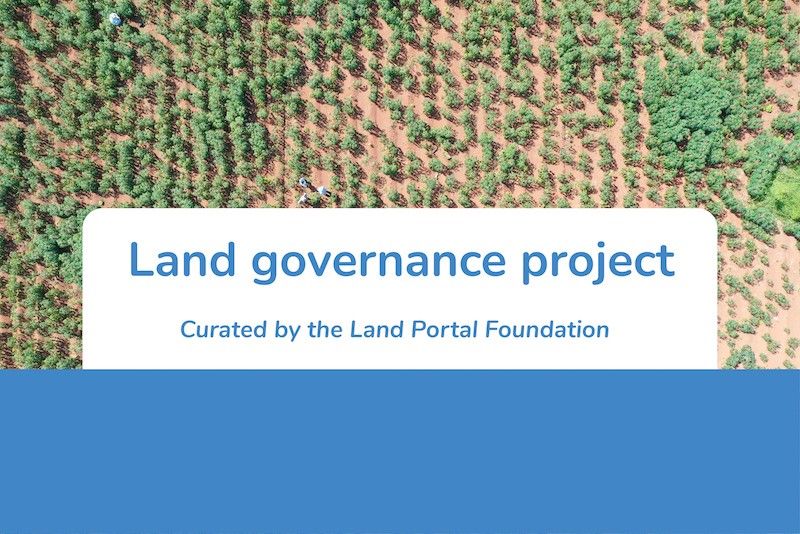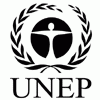Community / Land projects / LDN Target-Setting and Restoration of Degraded Landscapes in Western Andes and Coastal areas
LDN Target-Setting and Restoration of Degraded Landscapes in Western Andes and Coastal areas

€3623705.588
09/21 - 12/26
Actief
This project is part of
Implementing Organisations
Donors
Data Providers
Objectives
Prevent, reduce and reverse land degradation processes (SDG 2, 13, 15) to promote the sustainable development of rural communities, ensuring the provision of key ecosystem services and food sovereignty, within the framework of national efforts to achieve the LDN in Ecuador (2.4.1; 13.2.1; 15.3.1).
Other
Note: Disbursement data provided is cumulative and covers disbursement made by the project Agency.
Target Groups
359. The direct beneficiaries of the Project are 5,450 people, of whom 2,338 are women and 3,112 are men, who live in the intervention sites and who will benefit from all the actions of the project (on-farm activities, value chain and capacity strengthening).360. The core benefit of the project will be the enhancement of local actors’ capacities in the project intervention areas, in the intervention landscapes, in the northern and central highlands and on the Ecuadorian coast, to cope with the pressures and impacts caused by climate change and land degradation. The peasant economies, indigenous peoples and rural communities are highly vulnerable to problems arising from abrupt changes in rainfall patterns, more frequent frosts, sudden changes in temperature and pests and diseases that affect their crops and animals, and who operate in a context of marginalization due to poor market integration and limited access to technology, credit and training.361. In response to this reality, communities themselves have been forced to develop resilient practices or that exist as part of their ancestral knowledge. The project will collect and systematise these practices, which often include the conservation of native agrobiodiversity, crop rotation and diversification, and the application of soil management techniques, while working together with farmers, men and women, indigenous peoples and rural communities in the dissemination of technologies and the exchange of experiences to improve their sustainable land management strategies.362. A greater adaptation capacity will also be possible by working in coordination with local institutions and organizations to strengthen local spaces for discussion and decision making to efficiently manage the resources of a given territory, improve the living conditions of its inhabitants, and implement actions to reduce risks. This benefit implies, therefore, the strengthening of governance mechanisms where multiple actors converge in the implementation of intersectoral policies.363. In this regard, it is expected that 2,250 men and 1,500 women will adopt SLM practices that will help reduce the pressures identified and recover and increase agricultural production and productivity contributing to the betterment of livelihoods.364. Through the project interventions and enhanced capacities of the beneficiaries, local and regional benefits will be seen in terms of improved livelihoods, cultural assertiveness and environmental sustainability and will help support the long-term maintenance of global environmental benefits (described in section 1.a Project Description - 6) Global Environmental Benefits). These benefits will be:• Conservation and maintenance of ecosystem services (e.g., water regulation).• Maintenance of cultural, aesthetic and spiritual benefits, scenic beauty, preservation of places of cultural significance, territorial identity, and appreciation of natural heritage.• Benefits to the local economy through strengthened value chains and improved access to markets that help create new sources of diversification, income and better livelihoods and social benefits in terms of strengthened partnerships. The skills acquired in the implementation of sustainable value chains and market access will contribute to the improvement of incomes and livelihoods of 500 men and 500 women who take part in fruit and vegetables, milk and dairy products, honey and coffee value chains, who will see their incomes increased by 10% (the income baseline will be measured in year 1).• Social benefits in terms of fostering strategic partnerships and empowering local actors (including women and indigenous peoples).• Improvement of food security and quality of life and well-being of the population through long-term agricultural production sustainability, increased yields and availability of food products for local population.• Furtherance of Decent Rural Employment through project actions embedded in the four pillars of decent employment, namely: Table 10. Project contribution to the Decent Rural Employment pillars Pillar Pillar themes related to the project intervention Project-specific actions Pillar 1 Employment creation and enterprise development · Support to women and men smallholders to access markets and value chains · Employment creation in rural areas, specifically for youth and women · Vocational and educational programmes for rural population technical and entrepreneurial skills. · Capacity development programme (Output 1.2.1). · Incentive mechanisms (Output 3.1.1). · Value chains and market access (Output 3.1.2). Pillar 2 Social protection · Improving working conditions in rural areas, including effective maternity and income protection. · Capacity development (Output 1.2.1). · SLM/SFM practices (Output 2.1.2). · Incentive mechanisms (Output 3.1.1). · Beneficiaries income increase, reducing the income gap between men and women (Output 3.1.2). Pillar 3 Standards and right to work · Socially responsible production, specifically to reduce gender and age discrimination · SLM/SFM practices (Output 2.1.2). · Incentive mechanisms (Output 3.1.1). · Sustainable value chains and market access (Output 3.1.2). Pillar 4 Governance and social dialogue · Participation of the rural poor in decision-making and governance mechanisms. · Rural women and youth empowered to participate in these processes from the beginning. · Sub-national systems to support decision-making (Output 1.2.2). · Integrating the LDN approach (Outputs 1.3.1 and 1.3.2). · Participatory implementation plans (Output 2.1.1). 365. At the national level, this work scheme is a concerted effort between MAAE and MAG which will design and implement a public policy on land degradation neutrality. This working approach facilitates dissemination of local benefits to other geographical areas of the country, improving the conditions for the country to plan and promote changes in the productive sectors, in food security and sovereignty, in its capacity to adapt to climate change and in the recovery of ecosystems and biodiversity. [1] According to FAO’s definition Decent rural employment refers to any activity, occupation, work, business or service performed for pay or profit by women and men, adults and youth, in rural areas that: 1) respects the core labour standards as defined in ILO conventions; 2) provides an adequate living income; 3) entails an adequate degree of employment security and stability; 4) adopts sector-specific minimum occupational safety and health measures; 5) avoids excessive working hours and allows sufficient time for rest; 6) promotes access to adapted technical and vocational training.




